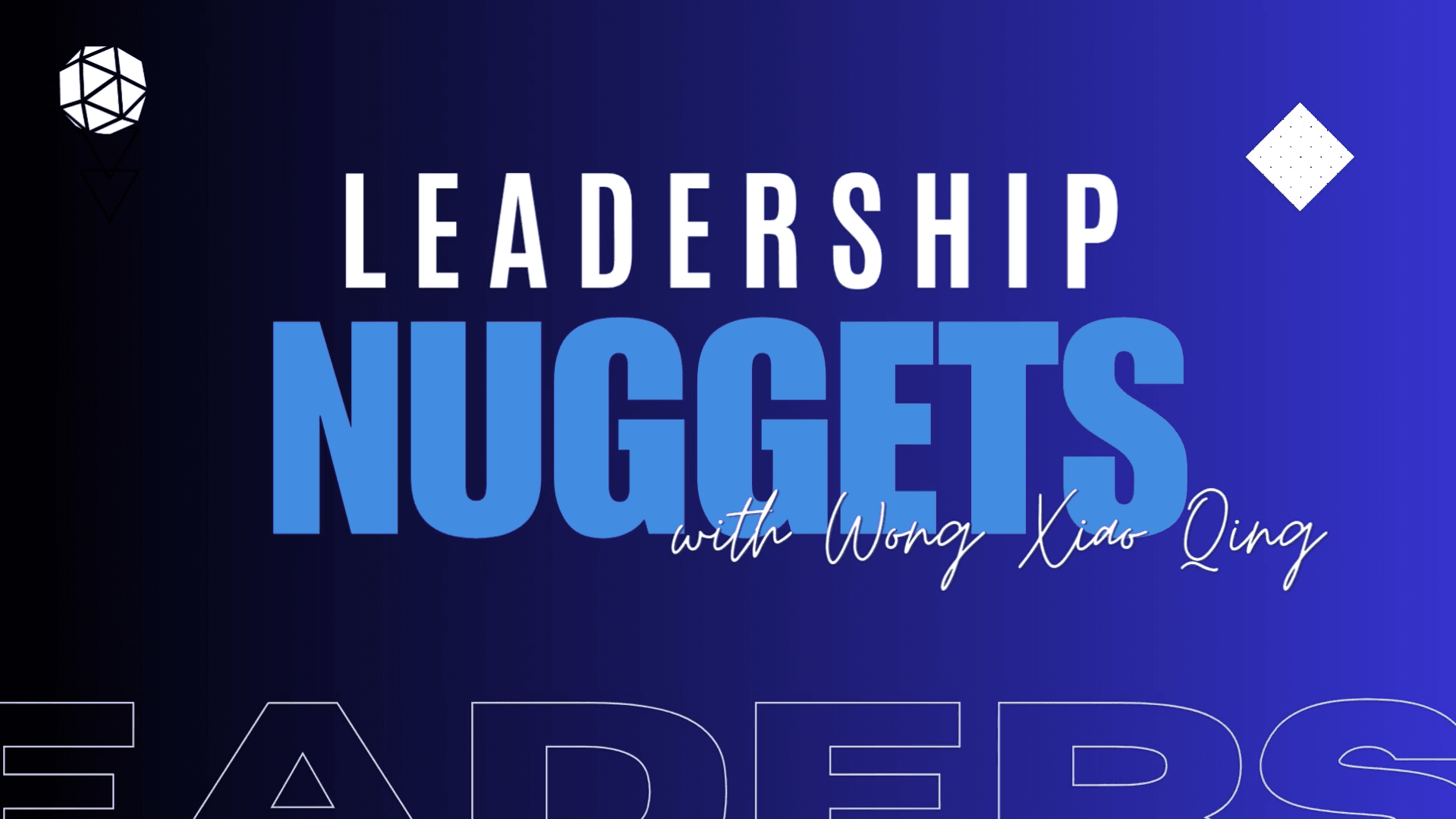Build Your Tribe, Success Will Follow

In the Oxford Dictionary of sociology 'tribe' is defined as a social group bound together by kin and duly associated with a particular territory. From an anthropological context, the earliest humans banded together in tribes (small groups working together to survive) and this formula still holds true today. Through the race for better quality, shorter cycle times and lower costs, this formula has been somewhat forgotten in the industrial age.
In tribes, qualified elders would observe youngsters and see what they were naturally suited to do, by looking at how they played or interacted with each other. Careful selection would be made and they would then be apprentices placed in the care of elders to teach them tasks associated with activities such as hunting, gathering, building, music, storytelling, healing, child minding, etc. This formula worked, where leaders of the tribe were selfless and common values purpose was in place.
In 2020, Gallup’s State of the Global Workplace Survey reveals that the level of disengagement amongst working adults is at an all-time high at 85%. The pandemic has had a major impact on the overall results which used to average at 60-70%. Seems like while we have realised advancements in so many ways, we have also regressed in the way we organise ourselves for work. As a collective species we used to be happier and more engaged in the past as compared to today. What are some of the practices of the past within tribes worth revisiting?
One of the areas I feel strongly about is the aspect of enabling people to do what comes naturally to them. When people are given opportunities to cultivate their talents into strengths, the outcomes are transformative. Some of the interesting features of a tribal model include the following.
Role Fit To Strengths
Members of the tribe are unique and different and there is no one size fits all approach. To survive, many roles need to be performed. Role fit was looked at by observing interest, motivation and behaviours from a young age. Once a role is assigned, guidance was provided to improve competency and complexity of tasks increased with proficiency within the competency. Success was reaching mastery level of the particular role. Underpinning this was the common understanding of performing the tasks for a greater purpose, being the survival and progress of the tribe.
Today we see this happening in many Silicon Valley companies. Facebook’s Sheryl Sandberg has been quoted to say that at Facebook they try to be a strength’s-based organisation, which means they try to make jobs fit around people rather than make people fit around jobs. Facebook focuses on people’s natural strengths and spend their management time trying to find ways to help their employees use their strengths every day.
This may interest you: Turn Your Strengths Into Superpowers
How can managers today put this into action? Here are 3 simple steps :
- Ask yourself if you really know your team members and can name their strengths. If needed, get an assessment done to help you demystify this.
- Then look at their job scope and determine the percentage of match or mismatch.
- Actively, try to reallocate tasks to team members according to their strengths. This is an iterative and two way process and should not be a one off activity.
Pathways are Unique to each Person
Tribe elders teach skills and impart knowledge in layers so the next generation picks up competencies in a manner which is not overwhelming. Additionally, when it comes to grooming a young tribe member to be a great warrior for example, they do not expect a prescribed path to be followed. There is deep respect of individual talents and as long as outcomes are achieved (e.g. defeat the enemy), there is trust that the talent, skill and knowledge will come together to get the job done. One warrior may be more strategic in his approach using cunning ways to outwit the enemy with one weapon of choice and another may use his innate ability to be a multitasker and wield various weapons to get the job done. Either way the enemy is defeated and the tribe wins through leveraging the strengths of each warrior.
In modern times we carve out succession paths and career paths and if we are not careful and hold too closely to these pathways we may be limiting the true potential of others to become successful in their own way. In the still famous “Stay Hungry, Stay Foolish” Stanford Commencement Address of 2005, the late Steve Jobs said that his path took very unconventional twists and turns. He goes on to credit the range of beautiful fonts in the Mac to the calligraphy classes he accidentally stumbled into. He had dropped out of his course and decided to take up something which he was curious about. Imagine if he walked into a business strategy class instead, as it seems the more conventional path to business success. There would have been a missed opportunity indeed.
How can managers today put this into action? In 3 simple steps :
- Understand your team’s KPI and targets, find a way to describe this in a way which links to your team’s sense of purpose.
- Keep reinforcing the outcomes you expect and be open to the steps or process of how it might be achieved, your team members may surprise you with their own ideas given their talents on how to achieve outcomes.
- Celebrate outcomes and acknowledge that pathways are not set in stone and can be adapted to suit the person and the times.
Supplementary Reading: Engagement Habits of Effective Managers
We have a lot to learn from the past and simpler more efficient models of people management such as the tribe model. Before there was a self, there was the tribe. Our earliest ancestors did not stand alone; they banded together to survive. This holds true even today when we come together and lean on each other to realise common ideals of growth, goodness and beauty. So in moving forward and in building successful teams let’s not forget the formula which kept humans and engaged and happy for thousands of years.
This is a good article to share with your team! To compliment this article, listen to Rajesh Setty in this Leaderonomics video on how to identify and amplify your strengths.
The author in the above article shares statistics of the level of disengagement amongst working adults. How can your organisation avoid being part of the statistics? We have a solution for you. Check out Happily (or Budaya for those from Indonesia) - an amazing engagement app built for organisations to drive engagement amongst employees. It has amazing analytics and also provides activities for employees to be fully immersed in the organisation's culture and values. To find out more, click here or email info@leaderonomics.com
Leadership
Tags: Be A Leader, Executing Leadership, Talent Development, Team Leadership
Rupa Sivanoli is the CEO and Founder of Talent Tribe Solutions. Rupa has over 25 years of work experience in the consulting and services sector. Her 12 years in consulting lies predominantly in change management, project management, HR assessments, talent development, employee engagement as well as diversity and inclusion. She has served within the Big Four international consulting firms, in senior managerial roles leading projects focusing on a variety of operations and strategic improvements. Subsequently, she served 5 years in an Asia Pacific shared services center working as a Senior Manager in operational and human resource roles within a German based Fortune 500 company regarded as a world leader in the chemical industry. She is passionate about change and transformations be it organisational or personal and believes its all starts with self discovery. Upon knowing one’s gifts (strengths), individuals are empowered to make great contributions to organisations and communities. This led her to becoming a Gallup Strengths Coach who has coached senior leaders from various industries.





